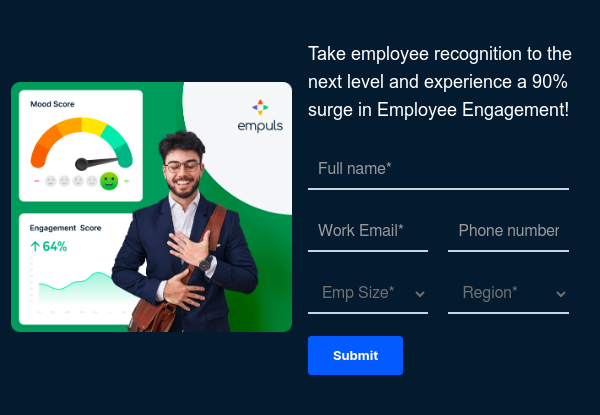What role does training play in successful HRIS adoption?
Training plays a crucial role in successful HRIS adoption for several reasons. An HRIS can be a powerful tool, but without proper training, employees may not be able to utilize its full potential. Here's how effective training contributes to a smooth transition and maximizes the benefits of a new HRIS:
1. Increased user confidence and competency:
- Understanding functionalities: Training equips employees with the knowledge and skills to navigate the HRIS effectively. They'll understand core functionalities, learn how to complete tasks, and feel confident using the system for their specific HR needs.
- Reduced errors and frustration: Clear training helps minimize confusion and errors during the initial adoption phase. This reduces frustration and increases user confidence in utilizing the system effectively.
2. Improved efficiency and productivity:
- Streamlined workflows: Training familiarizes employees with the new processes and workflows within the HRIS. This allows them to complete tasks more efficiently and frees up time for other valuable activities.
- Reduced reliance on HR support: By empowering employees to manage their HR needs independently through the HRIS, the burden on the HR department decreases. HR professionals can then focus on more strategic initiatives.
3. Enhanced user adoption and acceptance:
- Reduced Resistance to Change: Effective training helps address user concerns and mitigate resistance to change. Employees who understand the benefits of the HRIS are more likely to embrace the new system and adopt it willingly.
- Increased User Satisfaction: When employees feel comfortable using the HRIS, they are more likely to find it valuable and appreciate its functionalities. This leads to a more positive user experience and overall satisfaction.
4. Additional training benefits:
- Improved Data Quality: By understanding how to enter and manage data within the HRIS, employees can help ensure data accuracy and consistency. This leads to more reliable data for reporting and decision-making.
- Boosted employee engagement: A user-friendly HRIS with proper training can empower employees to take ownership of their HR information and career development. This can contribute to a more engaged and motivated workforce.
























